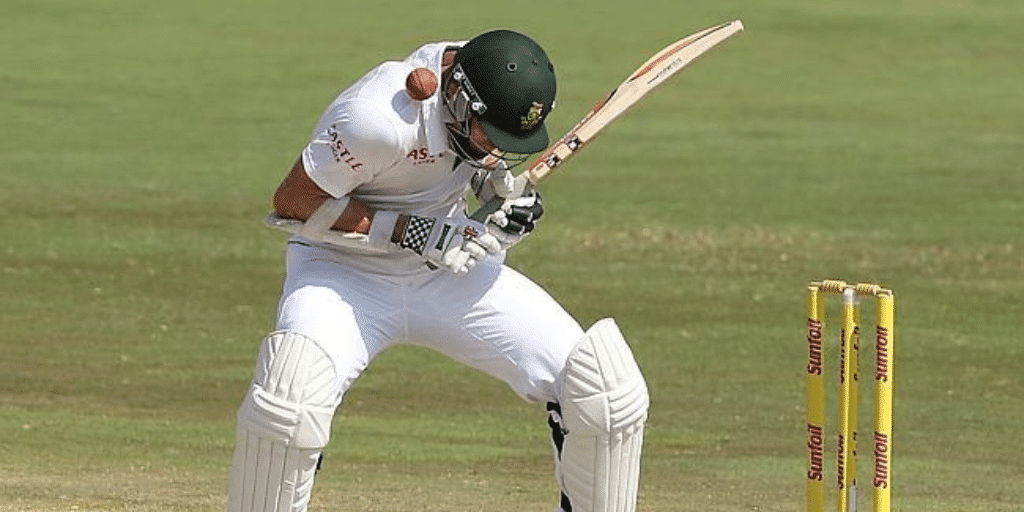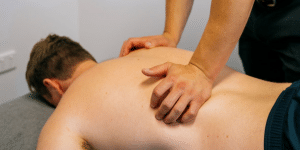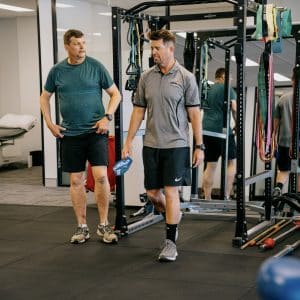Concussion in Cricket

Over the past 12 months there has been significant talk about concussion in cricket, as well as many other contact sports. While cricket has had the shock and trauma of responding to the worst possible scenario, there are many other milder concussions and head injuries occurring on a weekly basis that we need to more adequately address.
Putting it bluntly, head knocks are serious both in the short and long term. In the past the usual approach might have been to ‘suck it up’ and return to play, but we now know that this is an unsafe approach to player wellbeing. There are specific requirements from Cricket Australia relating to equipment used when playing and any helmet involved in a significant impact needs to be replaced and sent to CA for further analysis and testing.
A concussion is a traumatic brain injury that is caused by a blow to the head or other injury that jars or shakes the brain inside the skull. Normally the fluid around your brain acts like a cushion that keeps your brain from banging into your skull, but if your head or body is hit hard enough, the brain can impact the skull and cause injury. You don’t have to lose consciousness to have a diagnosis of “concussion” and only about 10% of concussions involve a loss of consciousness.
Learn More: Concussion in Sport
Signs of concussion
There are many signs to that indicate you may have had a concussion. These include, but are not limited to:
- Memory loss
- Fatigue
- Blurred vision
- Nausea
- Poor concentration
- Feeling slowed down
- Dizziness
- Persistent headache
- Light/noise sensitivity
These may come on immediately or they may be delayed, so it is essential to be monitored for hours after the incident to see if these symptoms come on or worsen.
Cricket Australia has introduced Concussion Guidelines, which most players will be aware of through the use of the Concussion Substitute. The use of a Concussion Substitute follows a protocol which allows for the player to be medically assessed whenever a concussion is suspected.
The medical officer does not make any recommendation regarding the use of a Concussion Substitute, regardless of their club affiliation. Rather, their role is solely limited to providing the medical advice associated with the management and diagnosis of a concussion.
It’s important to remember that the “highest qualified medical person” may be a doctor, physio, first aid officer, or sports trainer. If the diagnosis is uncertain, the most sensible thing to do is suspect concussion first and get the player assessed by someone more qualified.
Learn More: Cricket Australia Rules and Regulations
Anyone who is diagnosed with a concussion initially goes through a rest phase while the acute symptoms resolve. Then they are able to commence a graduated return to play program – completed in conjunction with your physio and GP to assess each step and correctly manage a successful return to full activity. Recent research suggests better results with a structured exercise program rather than ‘making it up as you go’.
People who suffer more severe or repeated concussions will require longer periods of rest and graded exercise, and a small proportion of players may not return to contact sport because of the cumulative effects of concussions. While this scenario is distressing for all sportspeople and especially professional athletes, it is vastly preferable to the alternative of a long term brain injury.
If you have been concussed, or think that you might have, avoid all contact activities and see your GP or physiotherapist for advice, assessment, and a pathway to return to play. There will always be another match/round/carnival/grand final – but you only get one brain and you need to look after it!
For more information, contact us here or book an online appointment






